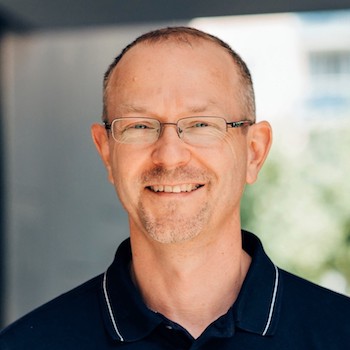
Andreas Brüch, Heilpraktiker, Ph.D
Andreas has been working as an acupuncturist in his own clinic near Munich, Germany, since 2008. Originally, he earned a PhD in psychology, conducted research, and published on behavior and communication in Asian cultures. In 2009, he graduated in Chinese Medicine from the European Institute of Oriental Medicine in Munich. Since 1996, he has made regular visits to South Korea to learn Qigong and traditional Korean medicine.
From 2004 to 2010, he completed training in Korean Hand Acupuncture at the Koryo Sujichim Institute in Seoul. He received additional education and clinical training in Korean medicine with various teachers and doctors, including at Kyung Hee University in Seoul and Busan National University. In recent years,
Andreas has studied Saam and Sambu acupuncture primarily with Dr. Yoo-Ong Jung, Vice President of the Korean Society of Saam Acupuncture Therapy. Andreas has been teaching Saam acupuncture since 2015. He is the (co-)author of “SaAm Acupuncture Textbook: Korean Four-Needle Technique,” published by Müller & Steinicke in Germany.
Presentation
Title:
Advanced Saam Acupuncture: Combining Saam strategies “freestyle” & tailoring point combinations to constitution
Summary:
This presentation will have two parts. First, we consider the flexible use of the Saam four-needle technique, which is now performed by an increasing number of acupuncturists in Korea and has moved away from a relatively rigid application of the predetermined point combinations. Here, multiple four-point combinations can be selected simultaneously in one treatment, and only one, two, or three points from the prescribed four-points can be applied to build a hierarchy of treatment strategies. We will consider possible criteria for selecting strategies and points.
Second, we will discuss how to individualize the orthodox Saam point combinations by changing some of the points to better fit the strategy according to the patient’s constitution or pathology. For this, we will discuss the basics of Dr. Kim, Hong-Gyeong’s theory of triple Five-Element-characteristics of the Shu Transport points, his constitutional theory and how this can be applied to the Saam point prescriptions.
In This Presentation We Will:
- Learn how to combine several Saam point combinations in one treatment.
- Understand how to reduce the number of needles used when several strategies are applied simultaneously.
- Understand the basics of the Triple-Five Element characteristics of the Shu-Transport points.
- Know how to adjust Saam point prescriptions to better fit the patient's constitutional characteristics or their pathologies.
- Understand which point prescriptions should be handled with special care.
